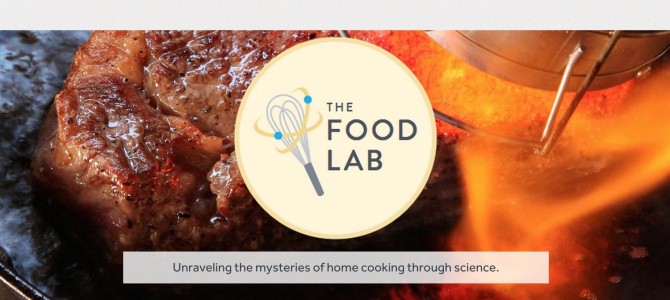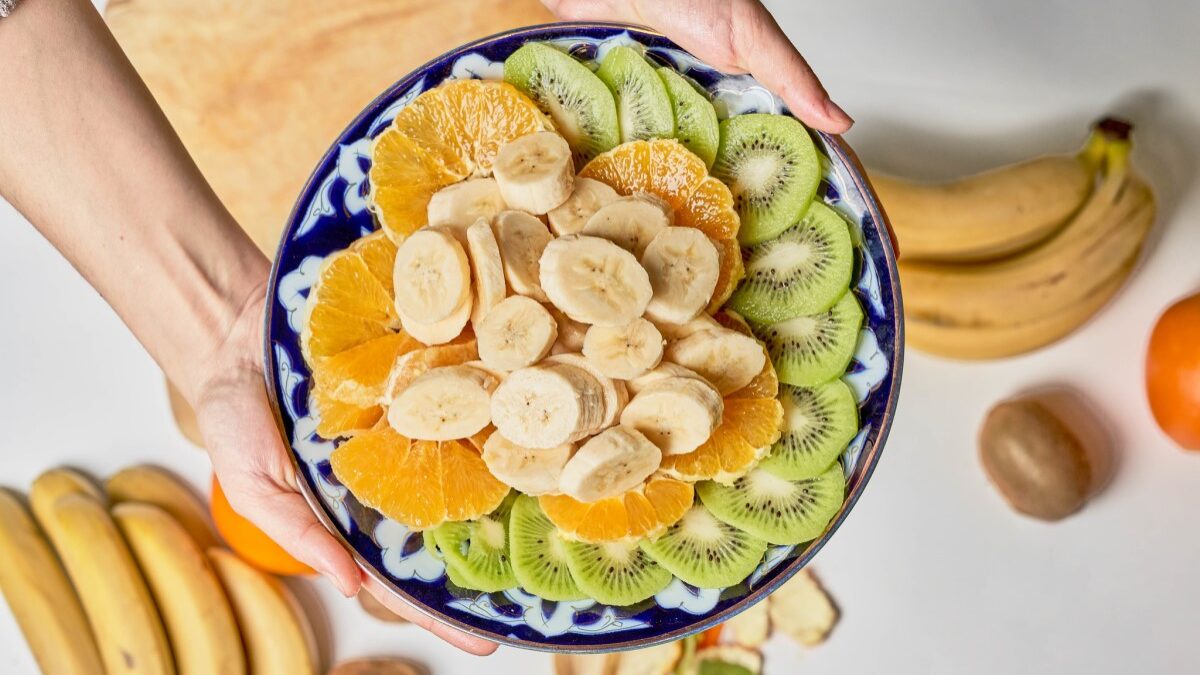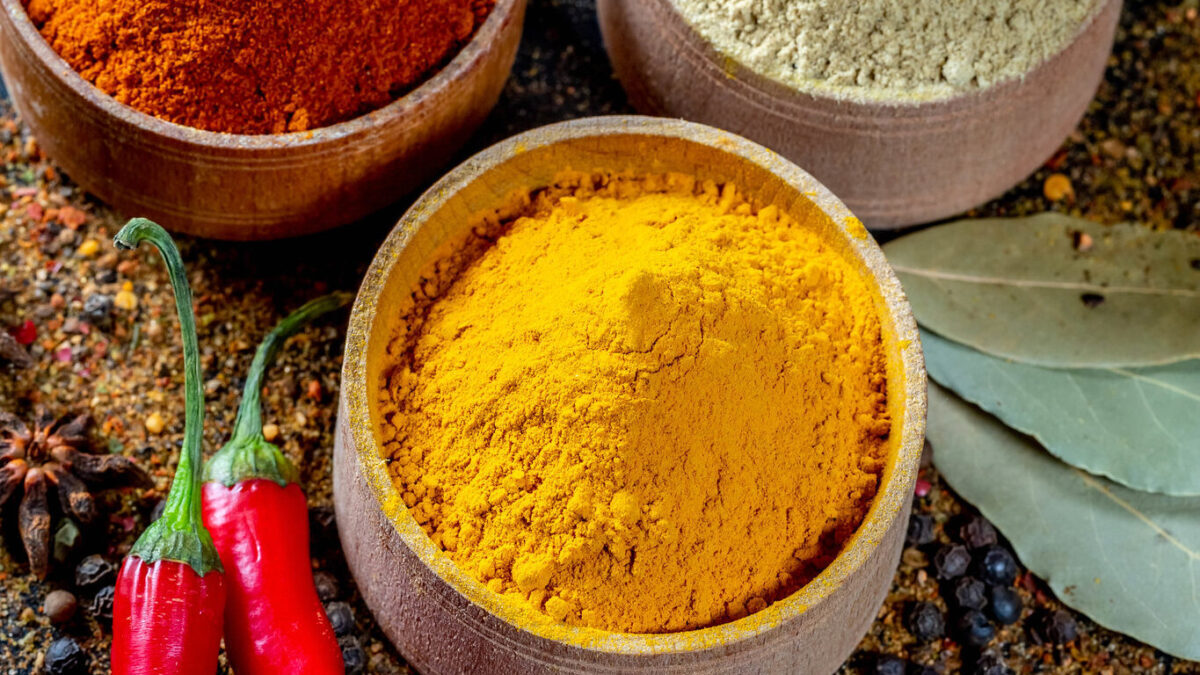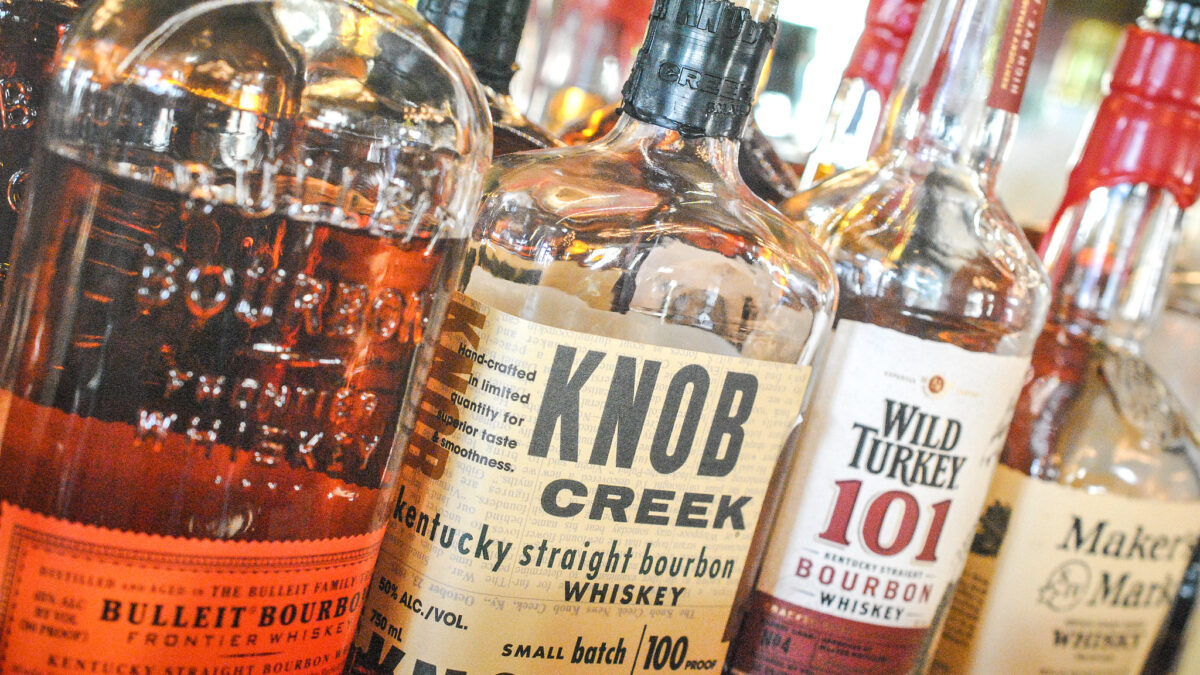
To begin, a confession: I am addicted to cookbooks. Also, cooking shows. And pretty much anything that features Anthony Bourdain eating, drinking, smoking, and swearing his way through a foreign land.
“Mastering the Art of French Cooking” by Julia Child? I’ve got it. The “Good Eats” cookbooks by Alton Brown? Yup. All three. “Cookwise,” “The Les Halles Cookbook,” “Betty Crocker”? Yes, yes, and yes. I come by this addiction honestly, as I grew up eating good food and had a mother who dragged me into the kitchen at an early age to roll tortillas or stir whatever pot was simmering on the stove.
As a stay-at-home dad, I’m responsible for the grocery shopping and much of the meal preparation at my house, which I enjoy. I find cooking relaxing (most of the time, anyway) and see it as a form of alchemy—taking materials that are unappetizing or inedible in their raw form and turning them into something not just edible, but enjoyable. Since the day my mom taught me to make a roux, I’ve been fascinated by the combination of art and science that cooking requires.
The Internet is an amazing resource for food nerds, and no column has been more fascinating or useful to me than The Food Lab, by J. Kenji Lopez-Alt. Whether it’s finding a way to ensure a tasty steak or create one of cooking’s trickiest sauces without fear, Lopez-Alt finds a way to break the techniques down and make them easy for the average home cook to replicate.
Not Just a Printed Blog
In “The Food Lab: Better Home Cooking Through Science,” Lopez-Alt does more than just transcribe his Internet writing onto dead trees. As I mentioned, I’ve spent a lot of time reading cookbooks. After reading large sections of “The Food Lab,” I think Lopez-Alt has written the most significant cookbook since Julia Child’s “Mastering the Art of French Cooking.” Comparing any cookbook to St. Julia’s may seem like blasphemy, but Lopez-Alt has not eclipsed her triumph. He’s updated it.
Child wrote “Mastering the Art of French Cooking” to show American cooks they could create French dishes in their own kitchens. She took classic, seemingly scary dishes with names like boeuf bourguignon and cassoulet and reduced them to a list of ingredients and a series of steps. Child made cooking good food seem not just possible, but easy. In “The Food Lab,” Lopez-Alt does the same for a new generation of cooks.
In an informal, almost conversational tone and using many pop-culture references, he explains the most important part of cooking—the same lessons my mom taught me years ago. Cooking is not just about temperature, ingredients, or seasoning. It’s about technique. You want to make a great gravy? It’s all about the roux. The “secret” to delicious soups? Homemade stock. The best roast chicken? Spatchcock it. (Yes, that sounds like a phrase you’d expect to find on Urban Dictionary, but it is an actual cooking term.)
The Science of the Food Lab
In recent years, the word “science” has been devalued by those who seem to use it more as a way of shutting down debate rather than beginning a discussion, or educating on a topic. With this book, Lopez-Alt treats science with the respect all cooks should give it, as a way of ensuring you can make good food the same way, every time.
As Lopez-Alt puts it in the introduction to this book, “Cooking is about transferring energy. It’s about applying heat to change the structure of molecules.” What sets this book apart from others is that Lopez-Alt takes the time to explain the practical aspects of those scientific truths. What the best way to boil an egg? What does it mean to “sear” a steak, and how hot should the pan be when you do it? How can you deep-fry without getting greasy food? Here, Lopez-Alt not only answers those questions, he shows how he came to those answers.
“The Food Lab” is a monster of a book. It’s 958 pages and weighs as much as a small child. That said, someone paid attention to the details. It’s a hardcover, but the binding makes it possible to lay this book down, open, without having to weigh down the pages. As someone who regularly cooks, and has been known to employ salty language when the cookbook won’t stay on the page I want, this is a small but appreciated feature.
Something for Novices and Master Chefs Alike
After a fascinating introduction that covers the basics of kitchen science, kitchen gear, and what cooks should consider having in the pantry, “The Food Lab” is organized into nine chapters organized by meal type, including breakfast, roasted foods, fast-cooked foods, and salads. Although he includes some foods that may be considered “gourmet” dishes, Lopez-Alt spends a great deal of time teaching home cooks how they can improve classics like roast chicken, hamburgers, and that most American of meals, meatloaf.
The book is full of helpful charts, beautiful pictures, and often funny prose (On frying fish: “Here’s the thing: Fish is extremely delicate, while frying is horribly violent. Dropping a hunk of fish into a pot of hot oil is like throwing an Ewok into a cage match with a Terminator: it doesn’t stand a rat’s chance in hell.”).
The book also throws in experiments cooks can choose to do at home to learn about the difference between heat and temperature or showing the two phases of bubbling that double-acting baking powder produces in pancakes and why this is important.
I’ve been cooking for decades, and I learned something new from the book the first time I read it. Lopez-Alt’s achievement is not just to make cooking accessible. He’s also made it educational for all cooks, regardless of their experience. If you’re a rookie cook heading into the kitchen for the first time, or a relative veteran of the home kitchen looking for something new to make that the kids will eat, you will get something out of this book.
“The Food Lab” is solid, smart, and down-to-earth food writing that entertains as often as it educates. I look forward to digging deeper into what Lopez-Alt has written and applying what I learn when I cook for my family.









